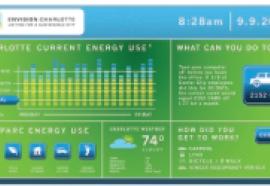IFRS and You
How the new standards affect utility balance sheets.
Over the next year (or years), companies in Canada and the U.S. will make the transition towards adopting International Financial Reporting Standards (IFRS). These standards will have a substantial effect on the reporting requirements and financial disclosures of regulated companies. Utilities are preparing their accounting processes to meet a new regulatory standard.








